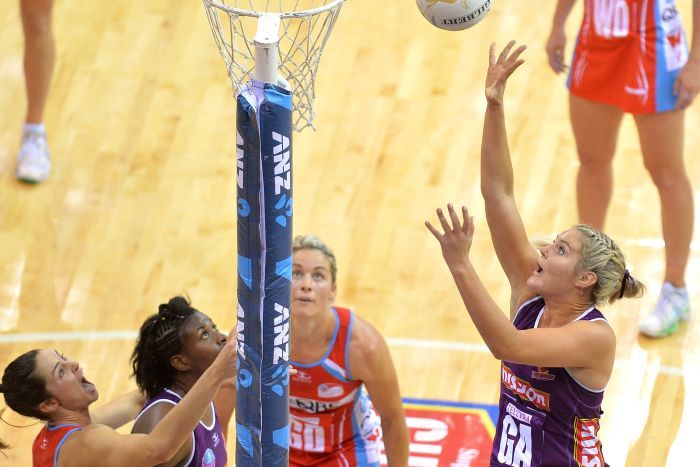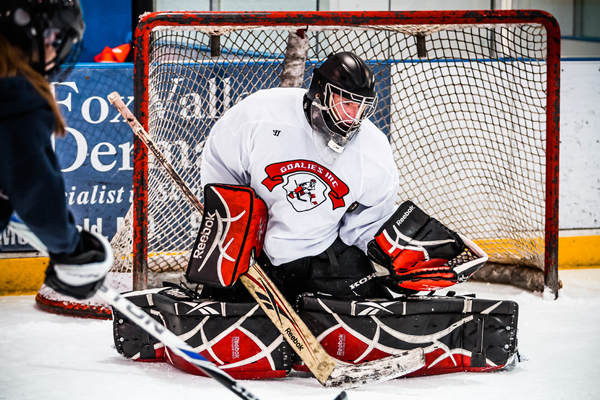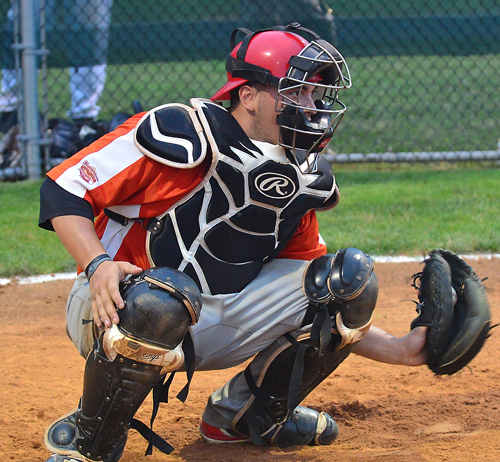Use of protective equipment helps to promote athlete safety and well being. Protective equipment is purposely designed to help protect the athlete from injuries that may otherwise occur. Many sports have rules that govern compulsory equipment, while other athletes choose to wear certain protective equipment for their safety. Protective equipment can refer to equipment that players wear, or other forms of protective equipment.
Protective Equipment Players Wear
Most protective equipment falls into this category. Equipment such as skin pads, mouth guards, face masks and shoulder pads are all examples of equipment worn by athletes. Some of which are compulsory, including: mouth guards in rugby union, shin pads in football, and face masks for the catcher in baseball. Other personal protective equipment is not compulsory: such as helmets in cricket, shoulder pads in rugby league and face shields for ice-hockey (goal keeper has to wear a mask).
Other Protective Equipment
Many sports have equipment that is not often thought about when thinking about protection. However, there are many examples of equipment that is not worn by athletes. These include: mats that athletes land on in sports like gymnastics and athletics (high jump, pole vault etc), padding around poles in netball, and all rugby codes, goal posts in ice-hockey that move when a player crashes into them, or the soft balls used for indoor cricket.
You can access lists of safety equipment for various sports and activities at smartplay.com.au such as Football, AFL, or skateboarding.
Critically analyse equipment to determine the degree to which they promote safe participation
 Protective equipment is all designed specifically for the sports or activities involved. Shin pads use din football are not the same as the leg pads used in cricket or the padding used for the goal keeper in ice-hockey. Each sport has their own piece of protective equipment designed for that sport. This equipment promotes safe participation in their particular sports. For example, the use of helmets in cricket has prevented many head injuries that could be lethal. Padding on netball hoop poles has also prevented injuries from contact with the pole during the game. These types of protective equipment improve the safety of the sport, decrease injury risk and promote athlete wellbeing.
Protective equipment is all designed specifically for the sports or activities involved. Shin pads use din football are not the same as the leg pads used in cricket or the padding used for the goal keeper in ice-hockey. Each sport has their own piece of protective equipment designed for that sport. This equipment promotes safe participation in their particular sports. For example, the use of helmets in cricket has prevented many head injuries that could be lethal. Padding on netball hoop poles has also prevented injuries from contact with the pole during the game. These types of protective equipment improve the safety of the sport, decrease injury risk and promote athlete wellbeing.


